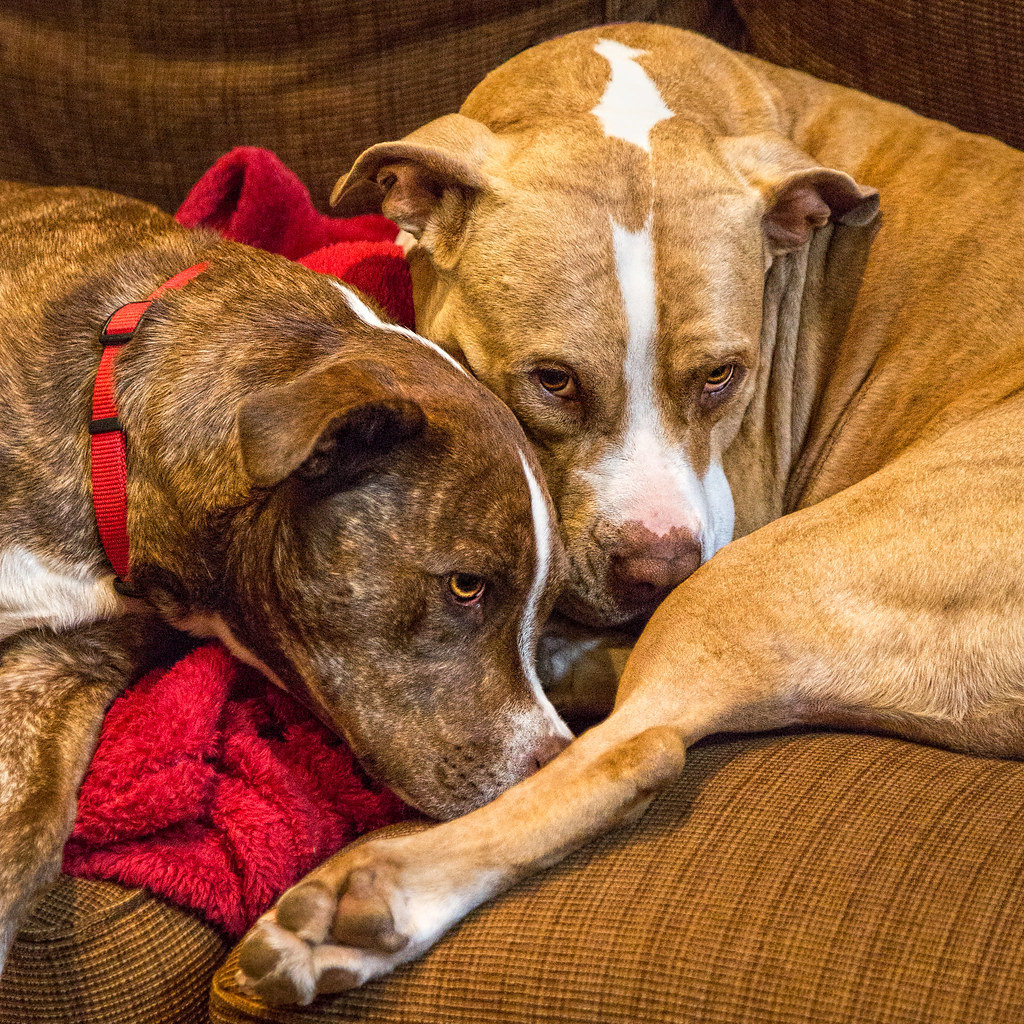
Dogs really cannot express their pain in ways humans can. While they are good at expressing love for their human parents, dogs do a pretty lousy job at expressing painful symptoms. In fact, the signs of pain in dogs are so subtle that even veteran pet parents sometimes completely overlook them. This particular post aims at teaching you how to detect pain in your dog and then take appropriate action.
It’s also important to note that pain can be caused by a long list of health conditions. This is why once you suspect that your dog is suffering it’s best to seek out help from a professional. Look for vet-endorsed pet health advice online or simply take your pooch to the nearest vet’s office. It’s critical that you do not try to treat the pain yourself using human painkillers as some of them are highly toxic to dogs. Even if you get the medicine right, you might end up giving your pet the wrong dosage, which can lead to serious side effects. Now that you know the basics, following are a few signs that your dog is in pain.
A General Reluctance to Climb: When they are healthy and active dogs have no trouble climbing stairs or jumping on to the bed. It’s only when they are experiencing pain that they avoid climbing. Now, the cause of the pain can be anything from something stuck under their foot to serious conditions such as arthritis and hip dysplasia.
Struggling to Lie Down: Struggling to lie down from a standing position is a common indicator of joint pain or pain in general. Check to see if your is dog trying to find new ways to lay down or putting itself in an awkward position to avoid putting stress on a particular leg.
Suddenly Avoids Playing: Some dogs are naturally lethargic than others. However, if your dog generally loves to play and run around and is suddenly reluctant to participate then it may be a sign of pain. To be sure, show your dog its favorite toy and if that fails to excite, then there is definitely something worth looking into.
Unprovoked Aggression: A very rare yet plausible sign of pain is unprovoked aggression. If your dog is generally pretty docile then a sudden behavioral change that prompts it to growl or snap is an indication that something is not right. It doesn’t always mean that your dog is in pain. It can be a result of other diseases that may be causing distress. Don’t just assume it’s a psychological issue that can be resolved through training. It’s best to take your dog to the vet and rule out the possibility of underlying health issues.
Not Responding to Trigger Words: Dogs often get excited when they hear certain words. This is because these words are usually followed by an activity they are extremely fond of. Right from “walk” to “ball”, these words get your dog excited, unless there is something wrong. If your dog is not showing signs of happiness after hearing these words, then it can mean that they are in pain.